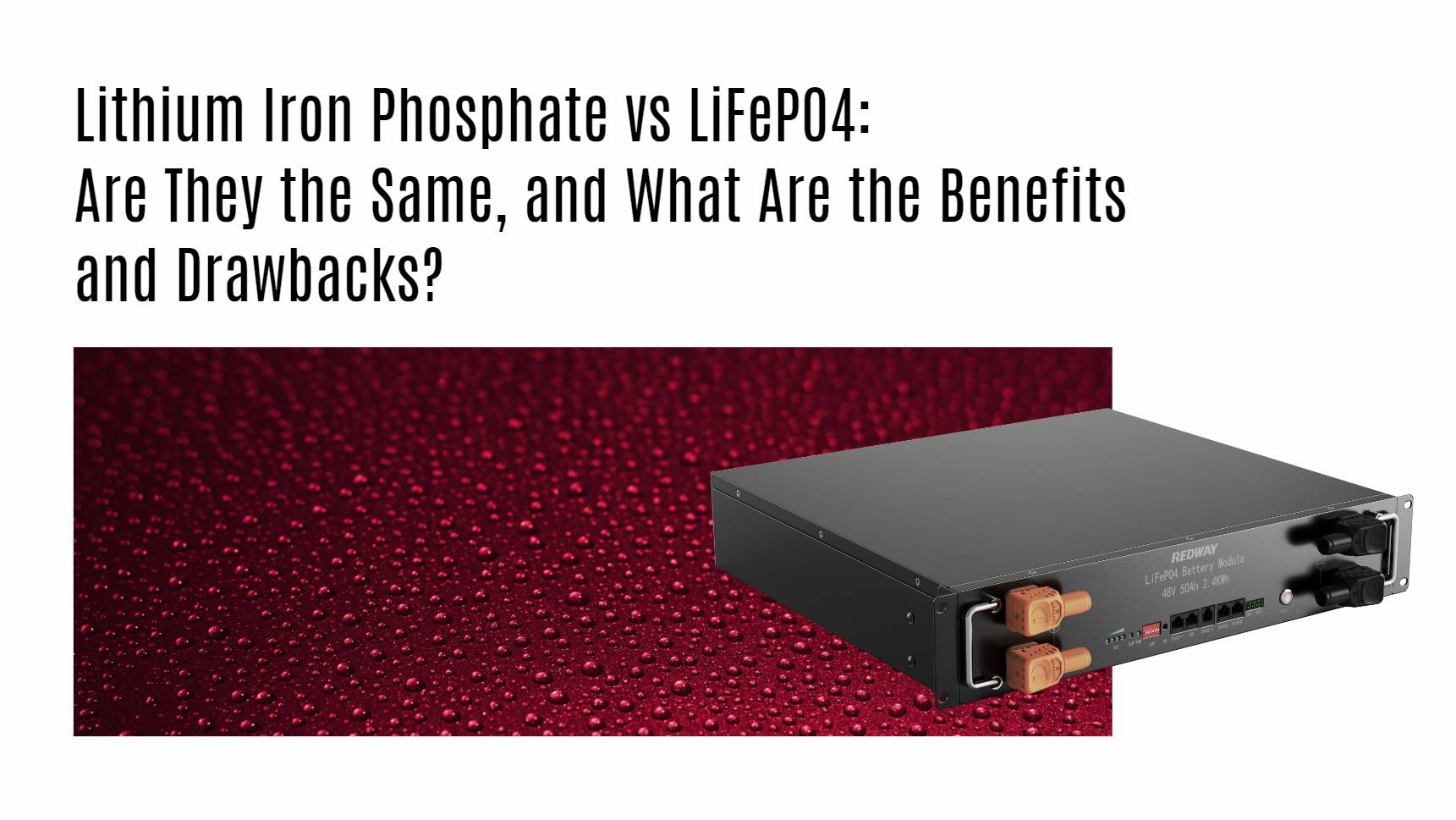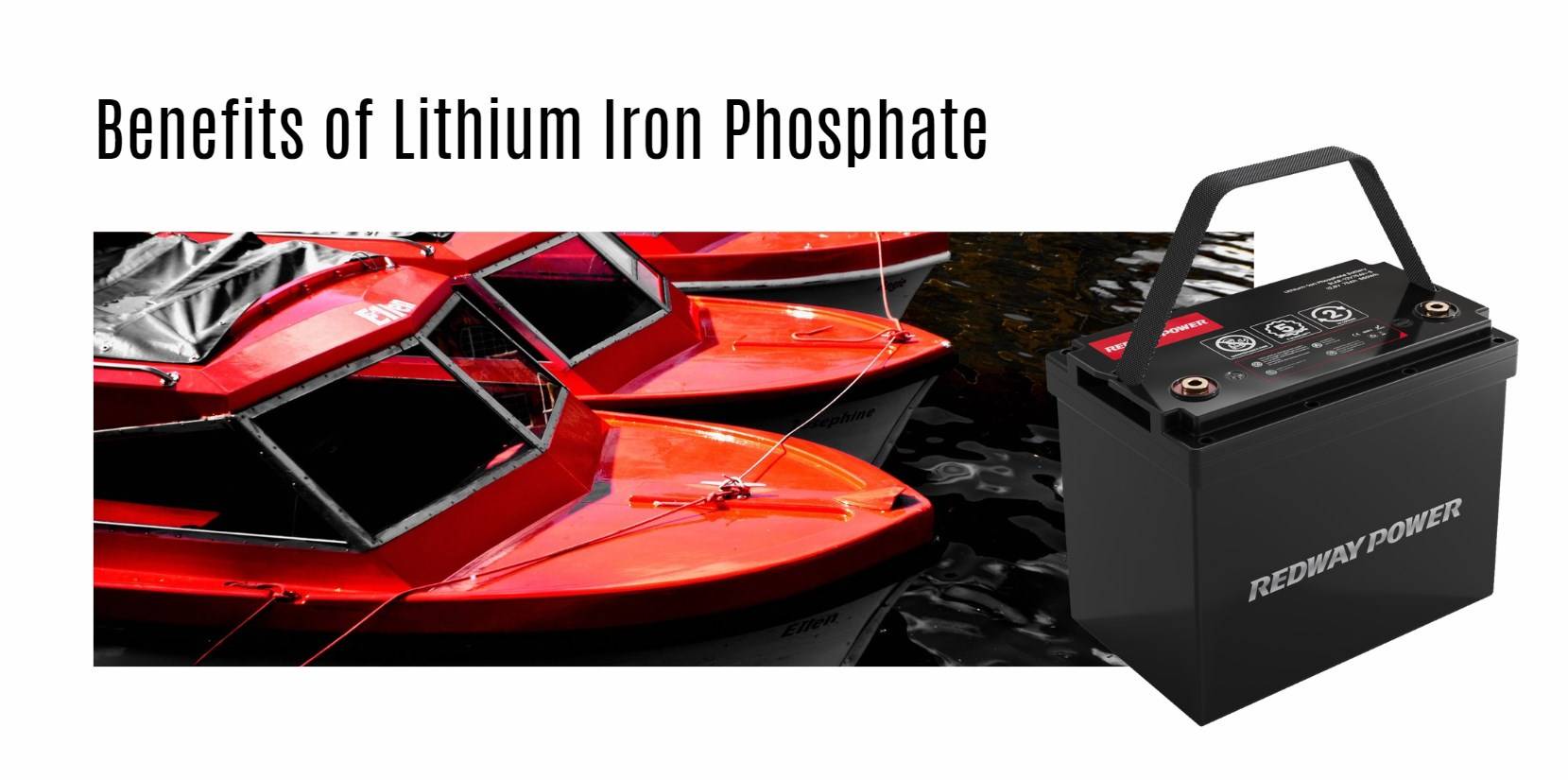Lithium Iron Phosphate (LiFePO4) batteries are increasingly recognized for their advantages over traditional lithium-ion batteries, including enhanced safety, longer lifespan, and superior thermal stability. Understanding these differences is crucial for selecting the right battery type for your specific application needs.
What Are the Key Differences Between LiFePO4 and Lithium-Ion Batteries?
The primary differences between
LiFePO4 and traditional lithium-ion batteries lie in their chemistry and performance characteristics:
- Chemistry: LiFePO4 uses iron phosphate as its cathode material, while lithium-ion batteries often use cobalt or nickel-based compounds.
- Safety: LiFePO4 batteries are less prone to thermal runaway due to their stable chemistry.
- Lifespan: Typically, LiFePO4 batteries offer a longer lifespan, often exceeding 2000 cycles, compared to around 500 to 1500 cycles for standard lithium-ion batteries.
Comparison Overview
| Feature | LiFePO4 | Lithium-Ion |
|---|
| Chemistry | Iron phosphate | Cobalt/nickel compounds |
| Safety | Higher stability | Risk of thermal runaway |
| Lifespan | 2000+ cycles | 500 – 1500 cycles |
How Does Charging and Discharging Work for LiFePO4 Batteries?
Charging a
LiFePO4 battery involves moving lithium ions from the cathode to the anode through an electrolyte:
- During charging, lithium ions are extracted from the iron phosphate cathode and intercalated into the graphite anode.
- During discharging, this process is reversed as ions move back to generate electrical energy.
Charging Process Overview
| Action | Description |
|---|
| Charging | Lithium ions move to anode |
| Discharging | Lithium ions return to cathode |
What Are the Advantages of Using LiFePO4 Batteries?
LiFePO4 batteries offer several distinct advantages:
- Safety: Their stable chemistry significantly reduces risks associated with overheating or fire.
- Longevity: They can endure more charge cycles than many other types of lithium batteries.
- Environmental Impact: They are more environmentally friendly due to fewer toxic materials.
Advantages Overview
| Advantage | Description |
|---|
| Safety | Lower risk of thermal runaway |
| Longevity | More cycles without degradation |
| Environmental Impact | Fewer toxic materials |
How Do Temperature Conditions Affect LiFePO4 Battery Performance?
Temperature plays a vital role in battery performance:
- Optimal operating temperatures range from 0°C to 45°C (32°F to 113°F).
- High temperatures can increase self-discharge rates while low temperatures may reduce capacity.
Temperature Impact Overview
| Temperature Range | Effect on Performance |
|---|
| Below -10°C | Significant capacity loss |
| Above +60°C | Risk of overheating |
What Are Common Applications for LiFePO4 Batteries?
LiFePO4 batteries are used in various applications due to their unique properties:
- Electric Vehicles: Their safety and longevity make them ideal for EVs.
- Renewable Energy Storage: Used in solar power systems for efficient energy storage.
- Portable Electronics: Suitable for applications requiring reliable power sources.
Applications Overview
| Application Type | Description |
|---|
| Electric Vehicles | High safety and longevity |
| Renewable Energy | Efficient energy storage |
| Portable Electronics | Reliable power source |
Expert Views
“Choosing between battery types requires understanding their unique advantages,” states energy consultant Dr. Emily Carter. “LiFePO4 technology stands out due to its safety and longevity, making it a preferred choice in many high-demand applications.”
FAQ Section
- Can I use a regular charger with my LiFePO4 battery?
No, it is essential to use a charger specifically designed for lithium iron phosphate technology. - What should I do if my battery shows signs of swelling?
Stop using it immediately and consult a professional for disposal or replacement. - Is it safe to charge my battery overnight?
Yes, but ensure you use a smart charger that prevents overcharging.









